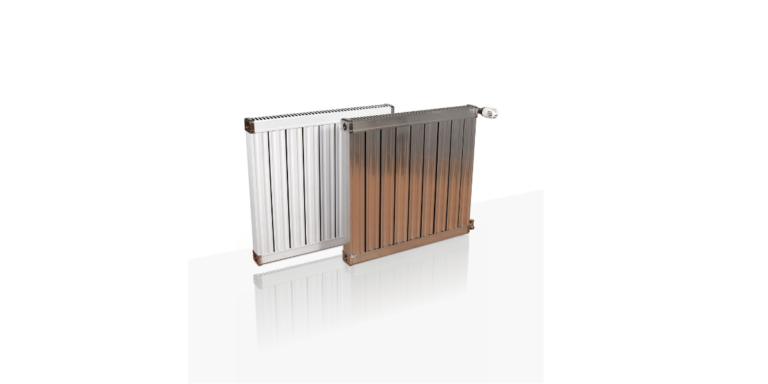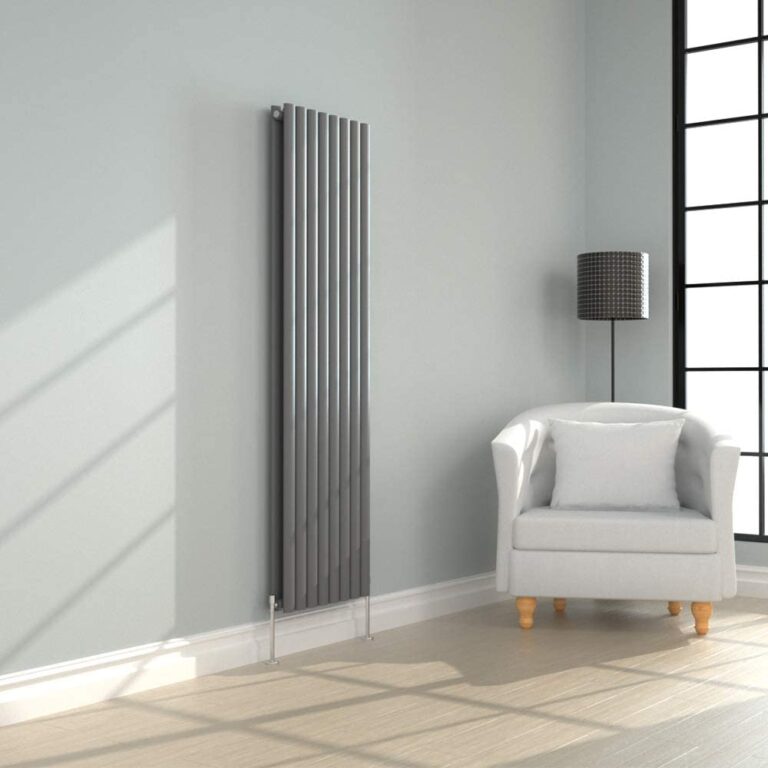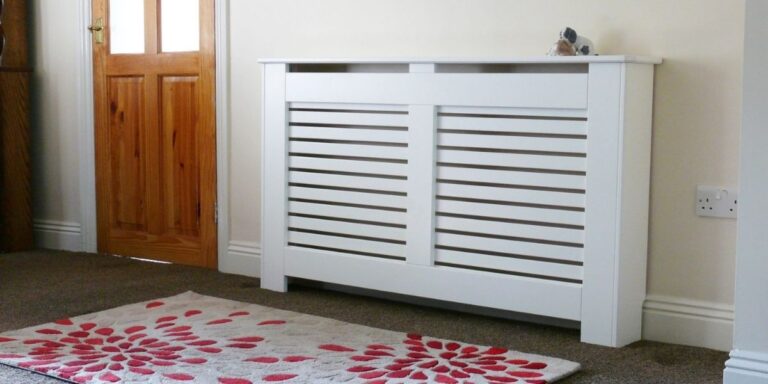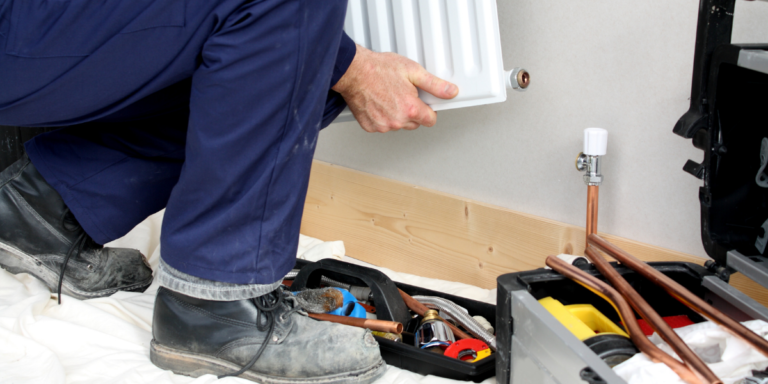When a radiator is cold, it means that you’re not getting the maximum efficiency out of your heating system as the heat from the boiler cannot be exchanged into your rooms as effectively.
In this guide, we’ll show you everything you could possibly need to know about the common causes, the best ways to fix a cold radiator and and the best preventative measures to keep them warm for years to come!
My entire radiator is cold
What causes it to be cold all over?
If the entire radiator is cold, this could be a sign that the valves themselves aren’t letting through enough water to heat up the unit. Or, there could be a build up of limescale that is coating the inner layer of the radiator which prevents the flow of hot water through the radiator.
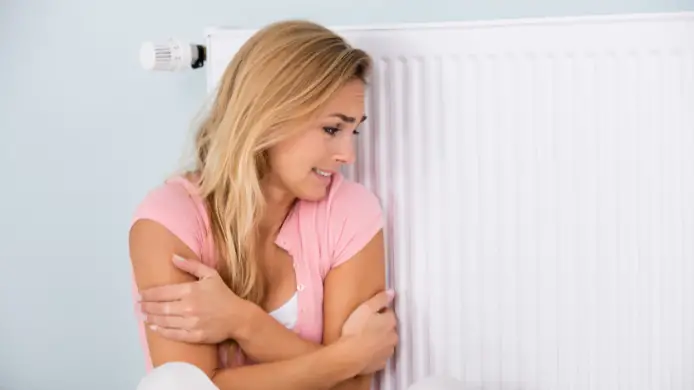
It might seem like an obvious fix but in more cases than not – the valves may have changed position after being knocked or turned off by another family member so it’s always worth checking.
How to fix a radiator that is cold all over
Firstly, double check that the Lockshield valve and the TVR valve are open by turning them anti-clockwise until you feel some resistance. If it turns out the valves were turned all the way clockwise then this should be a very quick fix – simply wait a few minutes for the water to flow through and you should begin to feel the heat transferring through the steel.
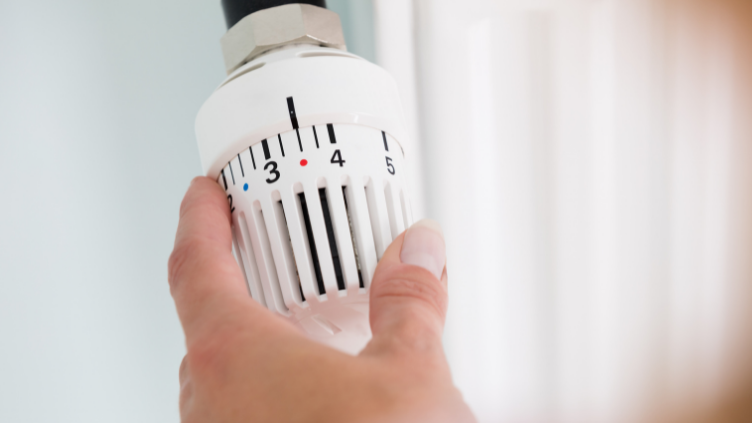
If the thermostatic radiator valves are in fact open, then you might want to consider giving the radiator a good clean – either a full PowerFlush of the heating system by a qualified heating engineer / plumber or simply flushing the individual radiator with a garden hose manually by yourself.
My Radiator is cold at the top
What causes it to be cold at the top?
The most common cause for your radiator being cold at the top but hot at the bottom is trapped air being stuck in the top of the radiator. This is a fairly common occurrence and in many cases will be the most likely reason for your radiator being cold.
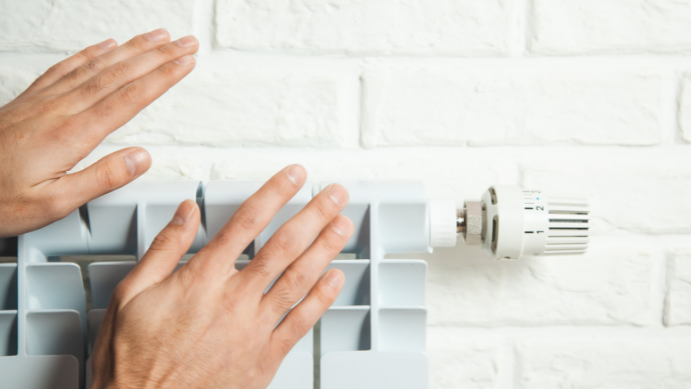
How does air get trapped in the system?
Air gets trapped in radiators all the time, especially during the colder months in the UK when our homes tend to be warmer and the heating system is used regularly. There may be small leaks or pinholes in your heating system that allow small amounts of air to enter into the system. If it becomes too bad you might experience an Airlock which stops the hot water from moving through your system efficiently.
How to fix the cold patch at the top of the radiator
In order to fix the cold patch at the top of the radiator you’ll need to release the trapped air by bleeding the radiator. This can be done fairly quickly and easily by following our guide on bleeding your radiator.
In this process all you need to do is use a bleed valve key and twist it until you heat the air being released from the system, making sure to have towels or containers in place to catch any spillage of the fluid that leaks out.
My Radiator is cold at the bottom
What causes it to be cold at the bottom?
If the radiator is cold at the bottom but warm at the top this could be a sign that you have sludge or debris blocking the flow of hot water through the multiple fins of the internal structure of the radiator. Simply put, the sludge accumulates at the bottom of the radiator as it is more dense than water and then begins to harden and solidify.
How does sludge get trapped in the system?
Radiator sludge is made up of rust, dirt and particulates that becomes dislodged in the internal pipework and chambers of your central heating system. It’s perfectly natural for this to happen over time, particularly for older systems. However, it’s always worth keeping an eye out for it and making sure your system is regularly cleaned to avoid any blockages that may lead to leaks or burst piping.
How to fix cold patch at the bottom of the radiator
To fix the cold patch at the bottom of the radiator you’ll need to remove the sludge either manually by yourself is or with the help of a qualified heating engineer – anyone can do it though if you’re following the right step by step radiator flushing guide!
My Radiators are cold downstairs but hot upstairs
Why are my radiators cold downstairs?
If just your downstairs radiators are struggling to get warm then this could be a fault with your central pump, meaning that there is not enough power to force the water around the whole system.
Pumps can get warm, but if it is hot or making a grating sound, then it might be about to break down, in which case it will need replacing.
How to fix cold downstairs radiators
Pumps can sometimes get stuck, so giving the pump a gentle tap with a hammer can often free it up. If the pump is hot (it’s fine if it is warm) or making a rattling, grating or knocking sound then it’s likely on its way out and needs to be replaced.
My Radiators are cold upstairs but hot downstairs
Why are my radiators cold upstairs?
If the upstairs radiators in your home are cold, it’s an indication that the feed and expansion tank in your loft has run dry. This usually points to a larger problem. However, it’s also possible that the ball valve in the tank isn’t working correctly; it may be blocked or jammed.
How to fix cold upstairs radiators
Refill the cistern, making sure there is enough room for the water to expand when the system heats up and that there is enough to float the ballcock.
When the system is cold there should be just enough water to make the ball float and switch off the water coming in.
How to prevent radiators going cold in the future
The best way to ensure that your radiators keep nice and warm in the future is to ensure you have your heating system regularly serviced. Although, you might also like to consider the following options:
Use a magnetic system filter
This simple but smart solution prevents debris and sludge from building up in your system by attracting and removing any magnetic particulates before they enter and damage your boiler. This is useful for keeping your boiler running efficiently but also helps to keep sludge from building up in the bottom of your radiators to produce cold spots.
Use a scale reducer
A scale reducer will help to reduce limescale that forms within your central heating system, thus helping to reduce the amount of sludge that accumulates within the radiators.
Use an inhibitor
Inhibitor is chemical formula that helps to prevent the build up of both limescale and rust so it covers both particulates. However, it’s important to remember that this is a preventative measure. In other words, it won’t remove sludge that has already formed but it will help to keep the levels down in the future.
Keep bleedin’… keep keep bleedin’
Last but certainly not least, make sure to bleed your radiators regularly to ensure any trapped air pockets can be released from the system. Not only does this help keep the entire radiator piping hot but it will also help to keep your entire heating system running more efficiently!
Related articles:
- How to Install & Fit A Radiator At Home
- How To Heat A Conservatory
- How To Disguise A Radiator In Your Home
- How To Fix A Leaky Radiator Fast & Efficiently


